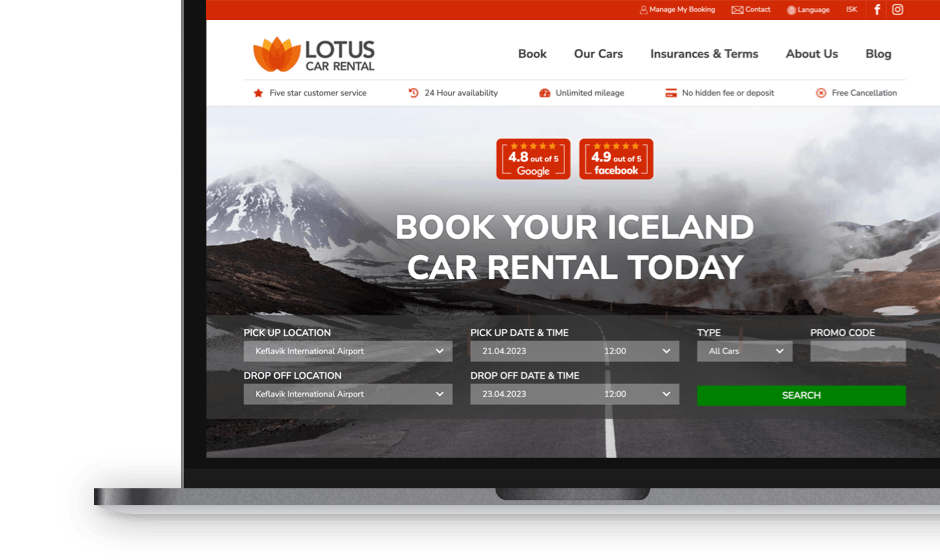I’ve only been working in Digital PR for just over two months but I’ve already been blown away with the quality of campaigns I’ve seen.
I think the biggest compliment I can pay Digital PRs is that in many cases the stories being produced are as good, if not better, than the ones created by journalists.
Having studied journalism at university and worked as a reporter at a regional newspaper I’m fortunate to know and to have worked with some extremely talented journalists.
While some sections of the media don’t cover themselves in glory, the vast majority of journalists are a credit to the industry and seem to be faced with increasingly unfair criticism.
It’s worth an in-depth discussion in itself but I genuinely believe the standard of reporting has never been better than it is today.
Having worked in a newsroom for 15 months, I thought I’d share the three skills I believe the best journalists all have which we – as Digital PRs – should learn from:
1. Audience appreciation
It sounds obvious but the key to being a good journalist is knowing EXACTLY the type of content your audience wants to read. While there are some very newsworthy stories which won’t interest the vast majority of a readership – producing articles which your audience wants to engage with is what journalism is all about.
There are a couple of things Digital PRs can take from this. The first is making sure we send journalists stories which will interest their audience. One of the best ways to find out about a publications’ readership is to take a look at their social media pages to see what kind of content their audience has been engaging with – Buzzsumo is great for this. That could be with likes on Facebook or comments on Twitter.
If you’re creating a campaign to target a particular publication then scrolling through their social media feed is a must. The same applies when outreaching, if you’ve seen a story similar to yours performing well on a publications’ social media page then you should absolutely mention that in your outreach email. It just demonstrates you have an appreciation for the kind of content their audience likes and ultimately why you’re sending that story to the journalist.
Earlier this month my colleague James’ campaign on the ‘Cost of Dying’ really took off on News24’s Facebook page receiving more than 1,000 shares and 700 comments – something the journalists there would’ve been delighted with.

Secondly, it’s making sure we know who our clients’ target audience is. While we might think we know this, it’s far too easy to assume who a businesses’ target audience is without taking the time to really nail this down. There’s absolutely no reason why you shouldn’t take that bit of extra time to ask a client for a bit more information on exactly who they are trying to target. This is extremely beneficial because we can use this knowledge to create campaigns which are focused around a particular readership safe in the knowledge these links will be super relevant to them.
Last month I started work on a client whose audience is predominantly based along the east coast of England, therefore, I started ideation looking at issues or activities associated with seaside towns and then narrowed this down further by deciding which ones would be most relevant to the client. While this might sound very simplistic, starting ideation with the audience and then relating campaigns back to a client is a great way to broaden your thinking.
2. A keen eye for follow-ups
While studying at university, it quickly became clear the best journalists don’t just write an article and simply move onto the next idea. They’re always asking themselves ‘what’s the next angle to this story?’ While many experienced journalists perhaps do this subconsciously, it can take time to develop the ability to think two or three angles ahead of the one you’re writing about but it’s a great skill to have. Having been pushed to think this way by my lecturers (shout-out to University of Sheffield’s journalism department) I was already starting to get the hang of follow-ups when I started working as a journalist. This helped me to build a really strong bank of ideas I could keep going back to.
As Digital PRs it’s quite easy for us to create a campaign and particularly if it doesn’t secure any links just totally abandon it. But most of the time the stories we’ve developed are extremely newsworthy and simply need a slight tweak before they start picking up the kind of coverage we expected them to receive.
The same applies to campaigns which have been successful – we shouldn’t just pat ourselves on the back and think that’s job done. We should be asking ourselves ‘is there another direction we can take this campaign in?’ Last month my colleague Damian wrote an article on how you can build on campaign ideas which have already been explored by somebody else. The same principles he discussed there can be applied to follow-ups as well. Three great things to consider with follow-ups include:
- Looking to see if there is a regional angle you can tap into
- Spotting data releases which relate to your campaign and can be used to develop an additional angle down the line
- Exploring whether there’s an event/time of the year which your campaign can be tweaked around to make it relevant in the future
Generating ideas for campaigns is difficult so exploring ways they can be pivoted around is a great way to take a whole lot of pressure off of you and ensure you maximise the potential of those brilliant campaigns.
3. Being adaptable to the changing news agenda
One aspect of the media industry we all appreciate is how quickly the news agenda changes. As a result, journalists have to be adaptable and willing to drop any article they’re working on to prioritise the most important story at that time. While working alongside such a fast-paced industry poses us plenty of challenges, it also presents Digital PRs with lots of great opportunities.

Newsjacking is a great way to secure links because you’re not having to invest a huge amount of time into a campaign. You do however have to keep a close eye on the news and react quickly to stories which might be relevant to your client. Because newsjacking generally involves breaking news, journalists won’t have had much time to prepare so they’re going to be on the lookout for quotes or an expert comment to provide more information or context around a particular topic.
Having said this most journalists will have an extensive list of contacts they regularly rely on for comments on a certain subject so if you don’t get in there early then the opportunity will quickly disappear. While many of us like to plan out our days and are perhaps a tad reluctant to put work on hold, being adaptable and willing to jump on newsjacking opportunities is a great way to secure links. It can also be a lot of fun racing to be the first person to react to a breaking news story.
These skills will come more naturally to some more than others but as with anything the more you practice the better you’ll get. While it’s nearly impossible to guarantee a campaign will secure coverage – ensuring you nail down these three key attributes will put you in a great position to maximise the potential of your work. We’re all trying to secure coverage from media publications so being a bit more journalistic in our approach is only ever going to help.



